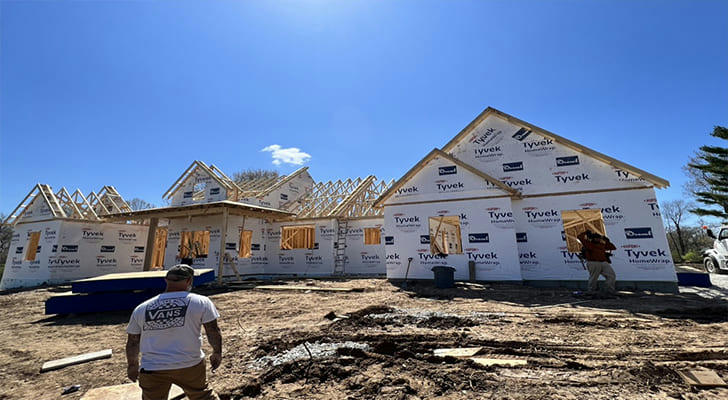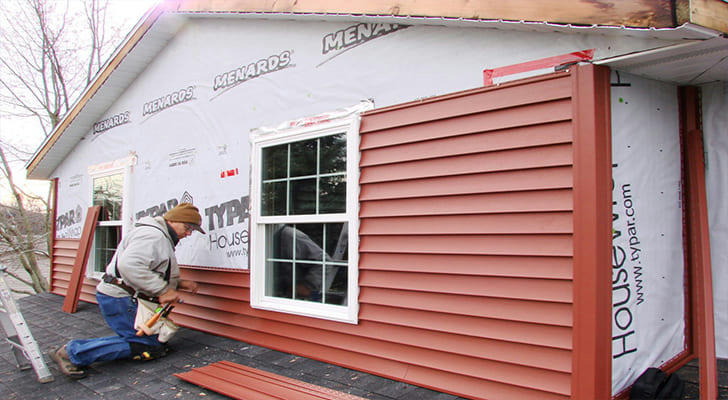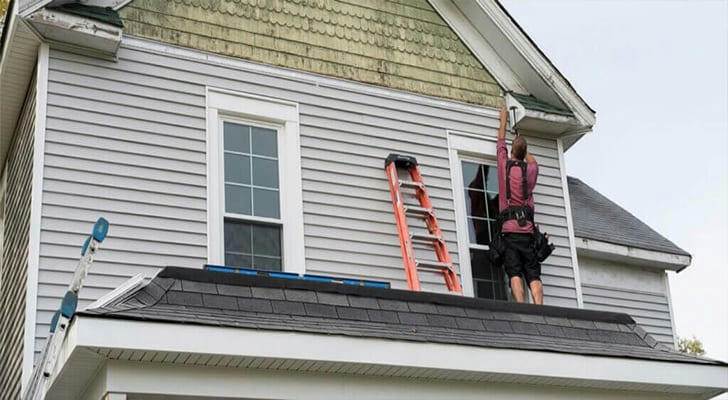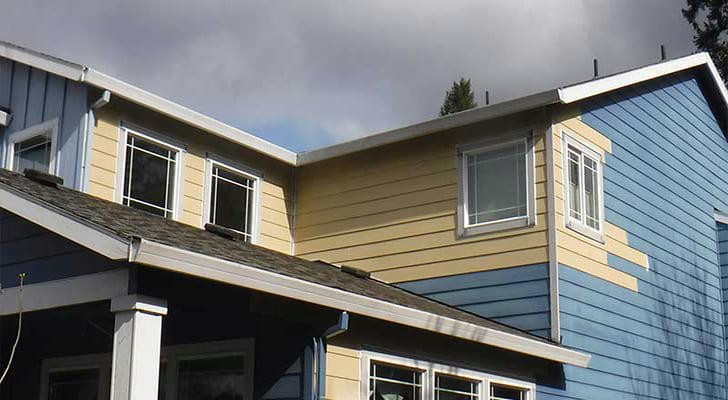Wall Panel Installation Guide: Market Overview, Salary Information, and Installation Tips

As the construction industry increasingly focuses on energy efficiency and environmental protection, the demand for wall panels, an important building material, is growing steadily. Wall panels not only enhance the aesthetic appeal of buildings but also play a significant role in improving energy efficiency and weather resistance. This article provides a detailed overview of the wall panel installation market, salary information for installers, and key considerations for installation, offering valuable insights into the industry and practical advice for readers.

1. Market Overview The wall panel installation market is experiencing rapid growth, driven mainly by new residential construction and renovation projects. With growing emphasis on energy efficiency and weather resistance, modern wall panel materials such as vinyl, fiber cement, wood, metal, and stone veneer are becoming popular choices. These materials offer excellent insulation and durability, effectively withstanding extreme weather conditions and extending the lifespan of buildings.
For instance, in a high-end residential project in Los Angeles, durable fiber cement panels were chosen to cope with California's extreme weather, improving the building’s energy efficiency and reducing maintenance costs. Similarly, in a modern residential project in Munich, metal wall panels were used to combine contemporary aesthetics with durability, enhancing the building's energy efficiency and earning an environmental building certification.
2. Wall Panel Installer Salary Information Salaries for wall panel installers vary based on region, experience, and employer type. In the USA, annual salaries typically range from $30,000 to $60,000, with hourly wages between $15 and $30. For example, in high-cost areas like California, salaries can be on the higher end of this range. In Canada, installers earn between CAD $40,000 and $60,000 annually, with hourly rates ranging from CAD $20 to $30.
In the UK, salaries range from £20,000 to £35,000 annually, while in Germany, hourly wages are €15 to €25, with annual salaries exceeding €40,000. An experienced installer in Vancouver, Canada, specializing in high-end fiber cement and wood composite panel installations, might earn CAD $55,000 annually. In London, a skilled installer familiar with eco-friendly materials might earn around £32,000 a year.

3. Wall Panel Installation Tips When installing wall panels, several key factors should be considered to ensure quality and durability. Choosing the right material based on climate and building style is crucial. For example, in a residential renovation project in New York, the installation team used advanced waterproofing technology and tools to ensure the long-term performance of vinyl panels.
Proper preparation is also essential: accurate measurement and ensuring that the wall surface is level and properly repaired are necessary to avoid issues with material shortages or misfits during installation. Different materials require specific installation methods, so following the manufacturer's guidelines and paying special attention to waterproofing edges and seams is important. For instance, in a new commercial building in Manchester, the team applied additional anti-corrosion treatments to wooden panels to ensure durability and aesthetic appeal.
Safety precautions should not be overlooked. Wearing appropriate protective gear and ensuring the safety of the work area, especially when working at heights, is important. After installation, a thorough inspection is necessary to check for any loose or warped parts, and regular maintenance is recommended to extend the panel’s lifespan.

Summary
The wall panel installation market has a promising future, driven by the demand for energy efficiency and eco-friendly materials. Installer salaries vary by region, with experience and skills being key factors influencing pay. Proper material selection, adherence to installation guidelines, and emphasis on safety and maintenance are crucial for achieving durable and aesthetically pleasing results.
